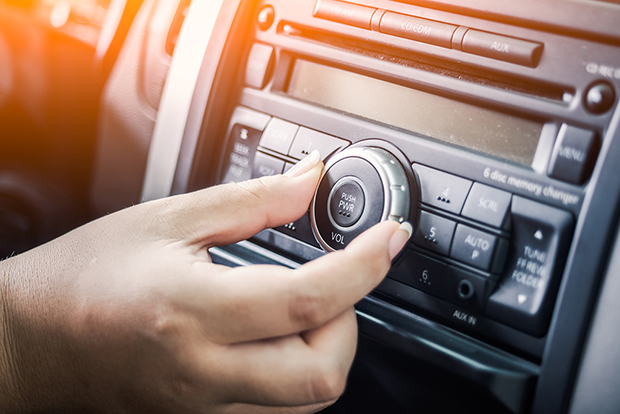
Menu
Cookies Policy | Privacy Policy | Terms & Conditions
Copyright © 1999 – 2018 Rockpointpro. All Rights Reserved.

Radio is enjoying a revival, as technological advances drive its evolution as an innovative and progressive ad medium.
Radio has been a staple medium for years for many clients. Its emotional connection, competitive ROI, pinpoint regionality, cost-efficient alignment with talent and multiplier effect with other media has ensured its place on many plans. Yet for some brands it was seen only as an effective short-term sales driver.
As all other media drastically evolved, a fear arose within the radio industry that it faced being left behind. However, in the past two years, there has been a renaissance in radio advertising. As it has progressed from radio to audio, the strengths of the medium have developed beyond the simply reliable, toward the innovative and progressive.
And, in the past year, improvements in technology and user experience, plus a strong stance on the topical issue of brand safety, has brought audio to the forefront of change. Agencies and audio sales houses have collaborated and invested heavily in future audio opportunities rather than maintaining the past. Global, Acast and Spotify are leading the way in collaboration, but it is still in its infancy and there is room to grow in 2018.
This is the year brands and agencies need to fully recognise the importance of audio within a marketing strategy and all media plans. Progressing the mindset beyond short-term solutions, to use the emotional connection of audio in brand-building.
There will be tech, planning, and listener developments that will drive this. AI and personalisation will lead to more opportunities to reach the right person, in the right place, at the right time, with the right message. Further audio programmatic developments will integrate audio to the digital ecosystem and voice activation will continue to flourish.
AI and personalisation are enabling brands and content curators to develop custom content at more accessible price points. For instance, in 2017 A Million Ads introduced a service to enable brands to personalise audio advertising. One of the barriers for growth in this area, licensing rights, will be reduced through technology from the likes of Jukedeck, an AI-based music engineer that builds royalty-free soundtracks. In 2018, watch out for personalisation to become available across linear radio as well as digital.
However, there is a huge opportunity within the audio business to create custom content for the modern listener, who expects the content they want, when they want it. This trend has manifested itself in the form of podcasts, but it has the potential to develop further. Imagine if you could programme all your news preferences into your audio feed to deliver it at the time most valuable to you. There are some fantastic tech providers that can translate written articles into voice audio, which would improve the listener experience and drive frequency and reach. Audio providers will take inspiration from platforms that are dramatically improving the user experience, a great example being Sky Q, which tailors content, and fluidly delivers this to individuals on any platform.
Digital programmatic development will continue, with agencies pushing to align demand-side platforms across all digital advertising. This enables deeper understanding of the relationship between digital video, audio and display, bringing digital audio into consideration within digital budgets.
The key is to ensure advertisers are concentrating not only on response-led metrics, but also on the brand-led. With this in mind, we can understand how audio fits into attribution models for each brand. Digital audio is in an excellent place to deliver on this through programmatic audio platform DAX’s listener IDs, the audio version of a pixel.
In 2018, these IDs will become the norm. But the ambition from most is to deliver one-to-one mass personalisation through first-party data. We’ve seen huge market investment in this area in 2017, and 2018 will be the year that opportunities emerge across the industry. We see this as being especially significant for media with mass reach, such as audio.
Voice activation is a major buzzword within the industry. Sales of devices such as Amazon’s Echo have been strong, with usage high and growing. Radiocentre research shows listening to radio or on-demand music services is the most widely reported use of Echo – with the frictionless experience leading to increased listening both for live radio and on-demand music services.
There’s more to come. We expect smart-speaker brand Sonos to introduce a software update that will create a seamless listening experience for Alexa users. Amazon and Google have invested heavily in voice-activated tech; will Facebook and Apple follow suit? And will Amazon and Google follow up with investment in software as well as hardware to challenge the likes of Spotify?
The interest of these “big four” tech companies in playing in this space shows that audio interaction is a major force that will bring new opportunities to both brands and the media industry in a variety of forms.
Other articles you might like …
Cookies Policy | Privacy Policy | Terms & Conditions
Copyright © 1999 – 2018 Rockpointpro. All Rights Reserved.